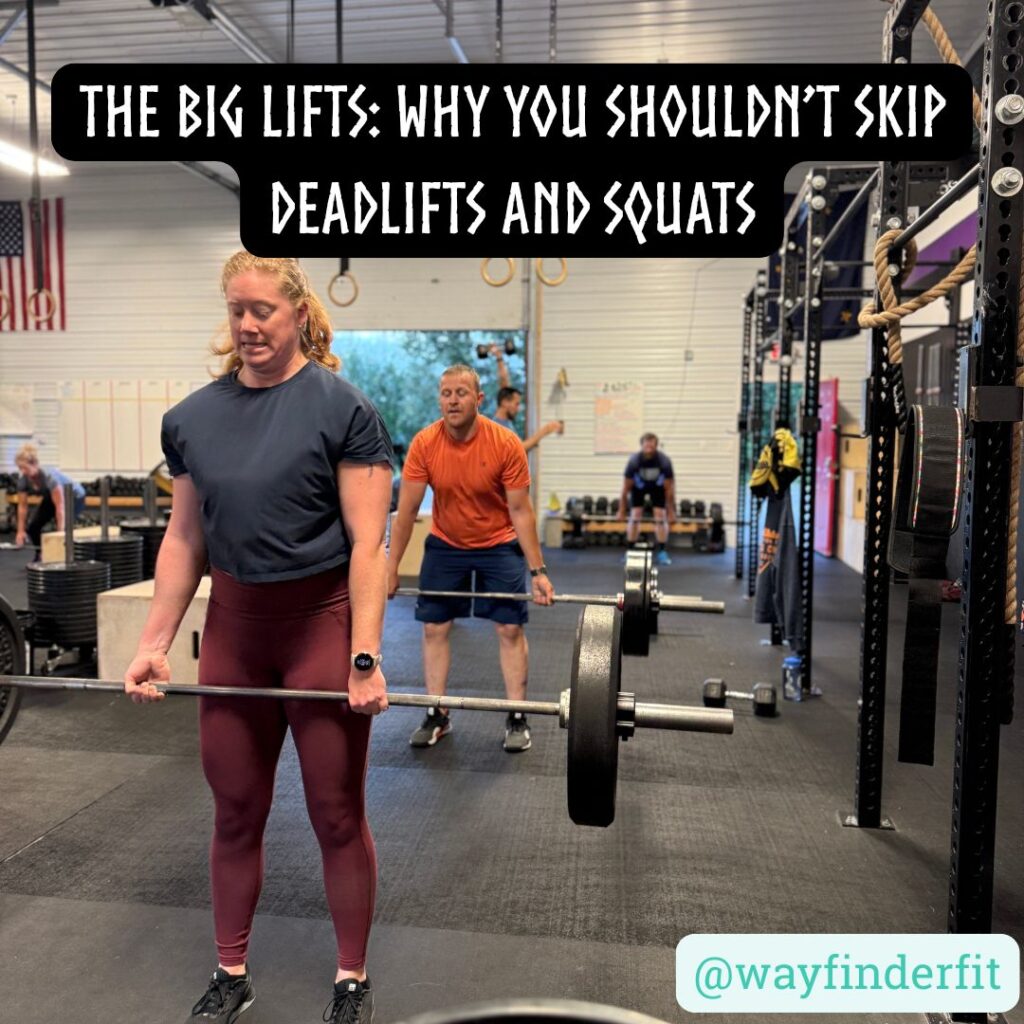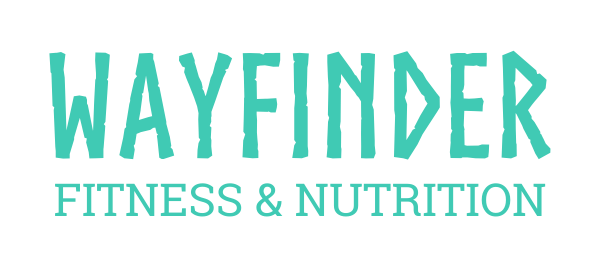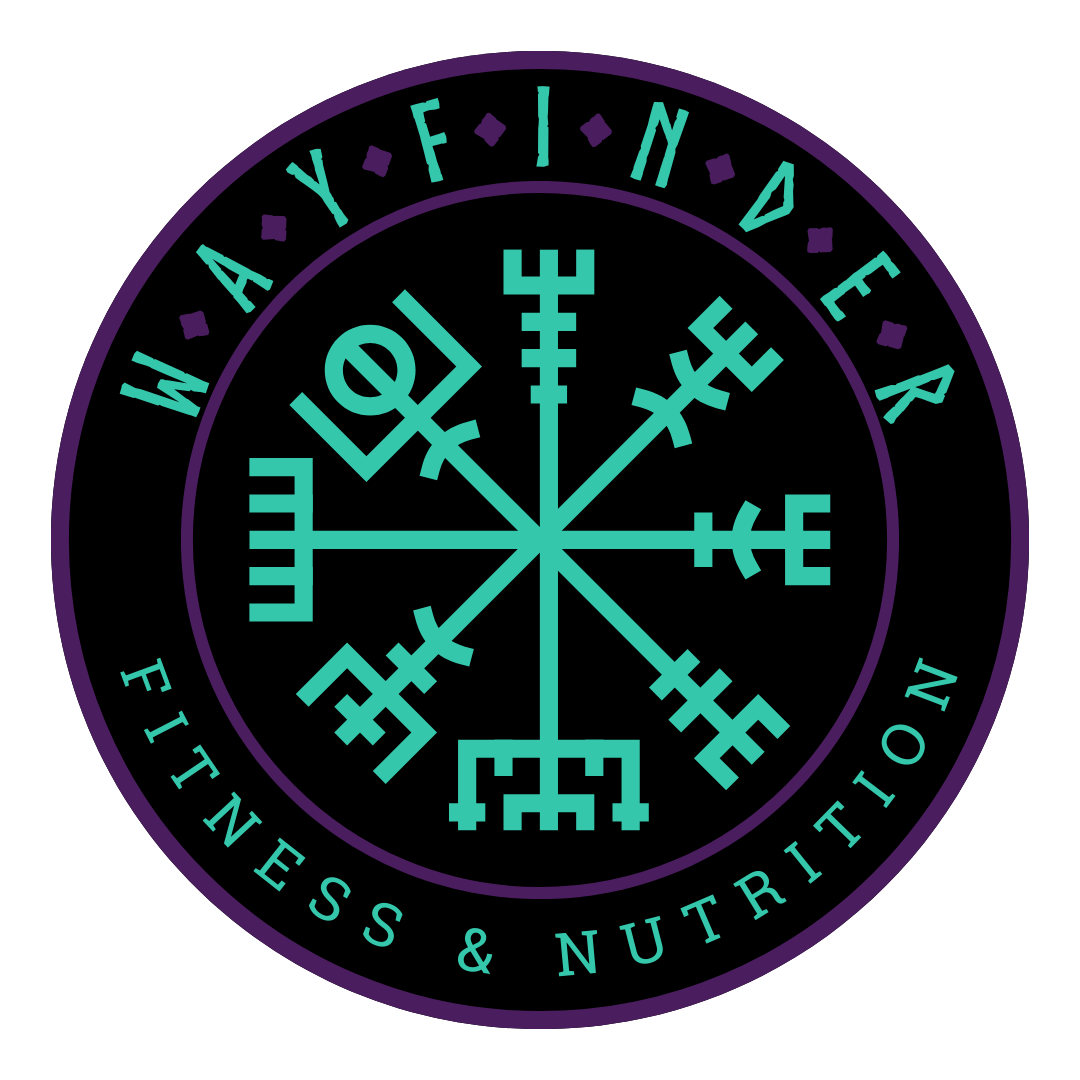
A Coach’s Perspective on Building Strength and Health at Any Age
If I had a dollar for every time I’ve heard, “I don’t do squats or deadlifts — I heard they’re bad for you,” I could probably buy a whole new set of barbells.
Let’s get one thing straight:
Squats and deadlifts are not dangerous when done correctly. In fact, they’re two of the most important movements you can do for your health — at any age.
The real danger?
Avoiding them altogether.
What These Lifts Actually Are
Forget the heavy metal music and powerlifting competitions you might picture when you hear “deadlift” or “squat.” At their core, these lifts are just fundamental human movements:
- Squat: Sitting down and standing up.
- Deadlift: Picking something up off the ground.
You already do them every day — getting in and out of a chair, lifting groceries, picking up kids or grandkids, moving boxes. Training them in the gym just makes you better at doing them in life.
Why People Think They’re Dangerous
The truth is, any movement done with poor technique or too much weight too soon can be risky — whether it’s a squat, a bicep curl, or walking down icy steps.
But here’s the good news:
With proper coaching, gradual progression, and attention to form, squats and deadlifts are safe. In fact, they’re protective — they strengthen your muscles, joints, and bones so you’re less likely to get hurt in daily life.
The Benefits for All Ages
These lifts aren’t just for athletes. They’re for everyone — and here’s why:
- Bone Health: Resistance training (especially with compound lifts like squats and deadlifts) helps maintain bone density, which is crucial as we age.
- Joint Stability: They strengthen the muscles around your knees, hips, and back, improving stability.
- Core Strength: Forget endless crunches — these lifts train your core in the way it’s meant to work: supporting your spine during real-life movements.
- Better Mobility: Done properly, they help you move through a fuller range of motion, keeping you more mobile as you age.
- Everyday Strength: Lifting a laundry basket, shoveling snow, or carrying luggage becomes easier — and less risky.
Real-Life Examples
- Parent: You can pick up your toddler without throwing out your back.
- Grandparent: You can get down on the floor to play — and stand up again without help.
- Desk Worker: You can counteract hours of sitting with movements that strengthen your posture and hips.
- Active Adult: Hiking, sports, and yard work feel easier because your legs and back are stronger.
Why Skipping Them Holds You Back
Avoiding these lifts out of fear means missing out on some of the most effective ways to build total-body strength, prevent injuries, and improve your quality of life.
The key is not to go heavy right away — the key is to start where you are, with the right coaching and progressions.
That’s exactly what we do here:
We teach you the right form, start with the right weight for your body, and build you up safely.
Ready to Learn the Big Lifts?
You don’t need to be strong to start — you get strong by starting.
If you’ve been avoiding squats or deadlifts because you’ve heard they’re “dangerous,” let’s change that narrative. Done right, they’re not just safe — they’re life-changing.
Come in for a No Sweat Intro and let’s talk about your goals.
We’ll show you exactly how to lift safely, build strength, and make everyday life easier.

